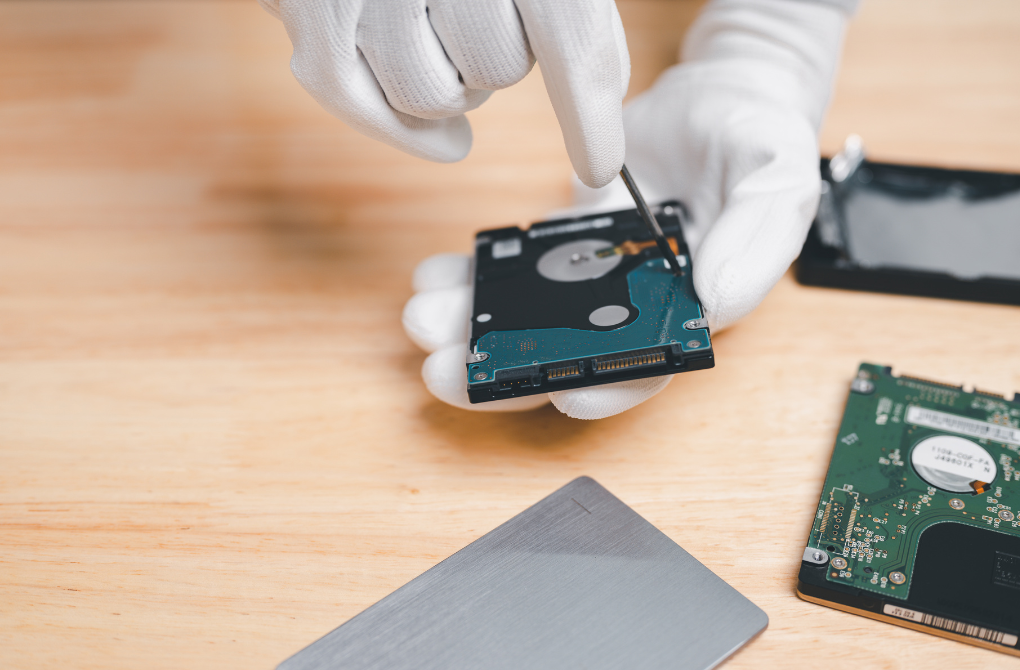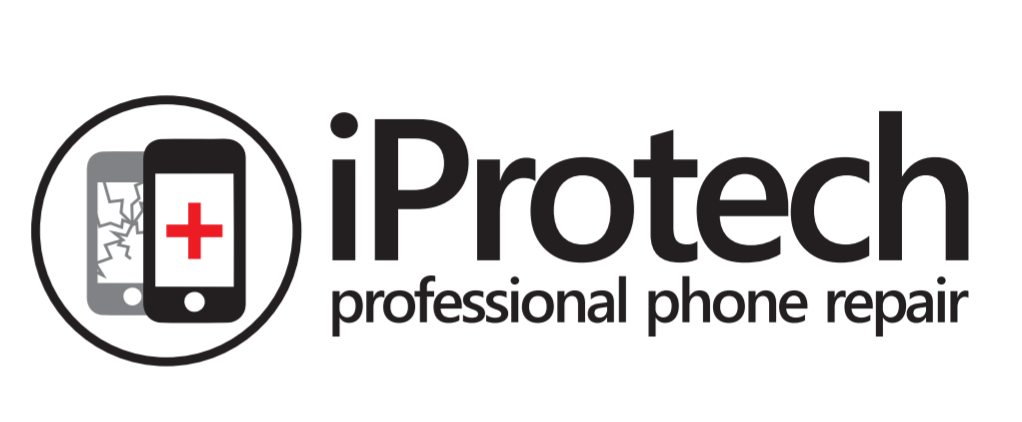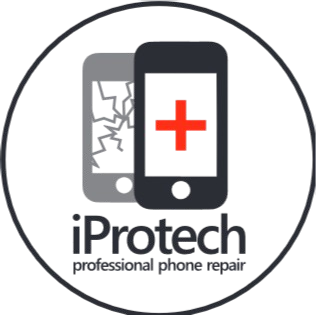Imagine waking up one morning and realizing that all your important photos, contacts, and messages on your iPhone have vanished. Whether it’s due to accidental deletion, a software glitch, or water damage, losing valuable data can be devastating. In fact, studies show that 29% of data loss incidents are caused by accidental deletion, while hardware failure accounts for nearly 31% of cases. Additionally, research indicates that 1 in 3 smartphone users have experienced data loss at some point, highlighting the importance of Data Recovery.
Losing data can create significant problems, especially if it contains critical business files, cherished memories, or essential contacts. While some believe that once data is gone, it’s gone forever, that is not necessarily true. In many cases, lost data can be recovered with the right approach. But is iPhone data recovery truly worth the effort, time, and cost? Let’s delve deeper into the subject and explore the various aspects of data loss and recovery.
Causes of iPhone Data Loss

Data loss can happen for various reasons, including:
-
- Accidental deletion
- Software glitches
- Failed iOS updates
- Water damage
- Factory resets
Many iPhone users assume that lost data is gone forever, but that’s not always the case. Modern technology has made data recovery possible in many scenarios, but the effectiveness depends on multiple factors.
Factors to Consider Before Opting for iPhone Data Recovery
Availability of Backups

The first thing to check when you lose data is whether you have a backup. Apple provides two main backup solutions:
-
- iCloud Backup: If you’ve enabled automatic backups, you can restore lost data from iCloud.
- iTunes or Finder Backup: If you regularly sync your iPhone with a computer, restoring from an iTunes or Finder backup might be an option.
If you have a recent backup, recovery is straightforward, and you won’t need third-party software. However, if no backup exists, you may need to explore data recovery tools.
Type of Data Lost

Some types of data are easier to recover than others. However, once data is overwritten, it becomes nearly impossible to recover. If you suspect data loss, stop using your iPhone immediately to increase the chances of successful retrieval. Most recovery software can help retrieve:
-
- Photos and videos
- Text messages and iMessages
- Contacts and call logs
- Notes and reminders
- WhatsApp messages and attachments
Cost vs. Value of the Data

The cost of iPhone data recovery software typically ranges from $26.90 to $69.95, while professional data recovery services for physically damaged iPhones can cost anywhere from $300 to $1,000 or more. The decision to invest in recovery depends on how valuable your lost data is. For priceless photos, critical work files, or sentimental messages, the investment might be justified.
Many software solutions offer a free scan to determine whether the lost data is recoverable before requiring a paid license, allowing users to evaluate if recovery is worthwhile.
Physical Damage vs. Software-Based Data Recovery

If your iPhone has suffered physical damage (e.g., water exposure or hardware failure), software-based recovery might not work. In such cases, professional data recovery services are the best option.
One reliable service provider is iProtect, where skilled professionals use advanced techniques to restore lost data and enhance your device’s security. Whether it’s accidental deletion, hardware failure, or malware attacks, they are dedicated to helping you recover what matters most.
Similarly, iProtech offers professional data recovery services that go beyond what software can achieve. Their skilled technicians use advanced recovery methods to retrieve lost files, even from severely damaged devices. Whether your phone has suffered water damage, accidental deletion, or system failure, iProtech has the expertise to bring your data back. Don’t take risks with unreliable tools—let their experts handle the recovery for you with precision and care.
Pros and Cons of iPhone Data Recovery
Pros:
-
- Recovers valuable data without a backup
- Some tools offer free scans before purchasing
- Can restore deleted photos, messages, and contacts
- Works for accidental deletions and system crashes
Cons:
-
- Costs can be high, especially for professional services
- Some tools require a computer to operate
- Recovery is limited if data is overwritten
Alternatives to Data Recovery Software
Before purchasing a recovery tool, consider alternative solutions:
-
- Check Recently Deleted Folders: Photos and Notes have a “Recently Deleted” folder where deleted items remain for up to 30 days.
- Restore from iCloud or iTunes: If you have a backup, restoring your device may be a simpler solution.
- Use Third-Party Cloud Services: If you use Google Photos, Dropbox, or OneDrive, your lost files may still be available.
- Use Our Services: At iProtech, we offer professional data recovery services that go beyond what software can achieve.
Final Verdict

When it comes to reliable and efficient iPhone data recovery, iProtech stands out as a trusted solution. With a team of experts equipped with state-of-the-art tools, iProtech has successfully recovered data from thousands of iPhones, even those with severe hardware damage. Additionally, their service is secure and confidential, ensuring that your sensitive data remains protected. One of the key benefits of iProtech is their “No Data, No Charge” policy, meaning you only pay if data is successfully recovered. With a fast turnaround time and high success rates, iProtech offers a dependable solution for those facing unexpected data loss.
If you’re struggling with lost data and need a professional recovery service, iProtech is here to help. Contact iProtech today and let our experts retrieve your valuable files so you can get back to what matters most.

